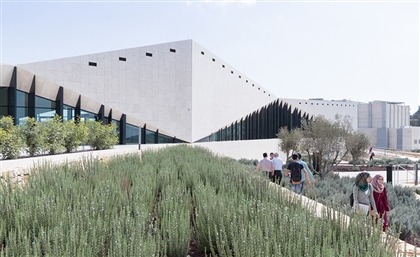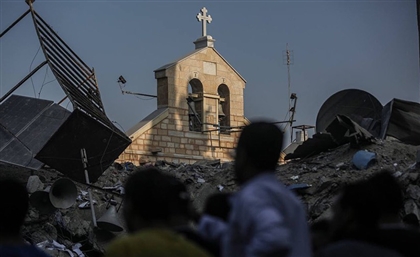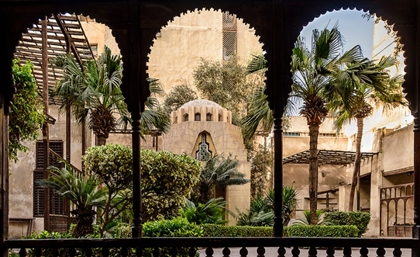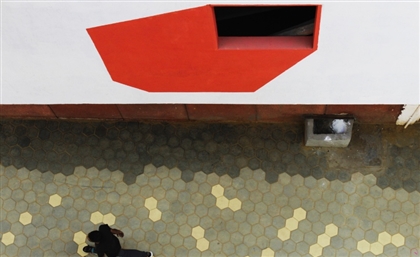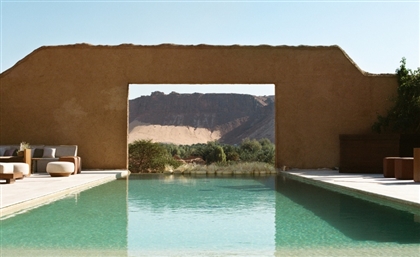Historical Buildings Across Palestine
We’ve compiled a list of historical buildings from across Palestine, from Al-Aqsa Mosque to the Church of Nativity…
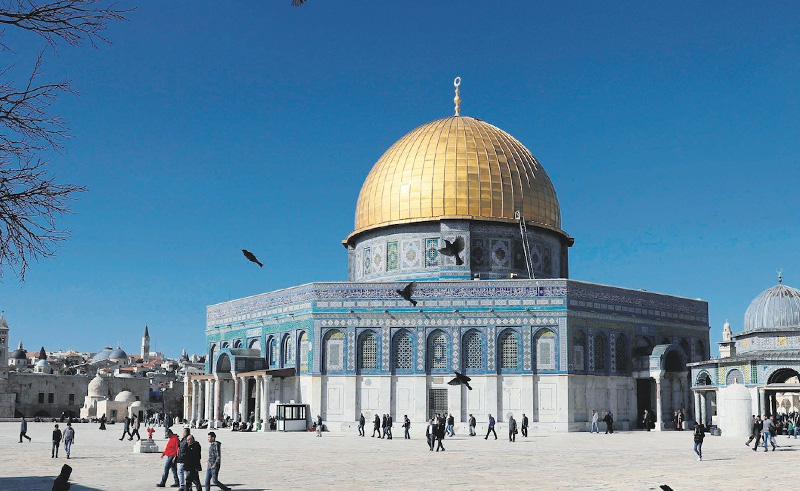
For time immemorial, Palestine has been the cultural and religious centre of the world. Its ancient religious monuments are some of the most important in the world, and sat at the centre of some of the region’s most historic conflicts, reaching as far back as the First Crusade and beyond. We’ve compiled a list of historical buildings from across Palestine, from Al-Aqsa Mosque to the Church of Nativity…
Al-Aqsa Mosque | Jerusalem
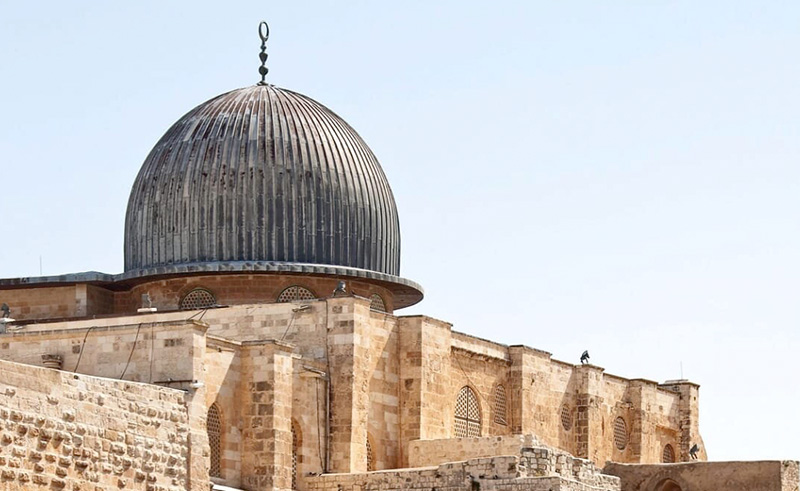 The second mosque to be built in the history of Islam, Al-Aqsa Mosque is of singular importance to Muslims. It’s considered the third holiest site in Islam after Makkah and Madinah, and its greater complex includes the Dome of the Rock. It features early Islamic Architecture characteristics, and its dome is one of very few to be built in front of the Mihrab during the Umayyad period. While the interior is painted with 14th century decorations, the exterior is silver-coloured with lead sheeting.
The second mosque to be built in the history of Islam, Al-Aqsa Mosque is of singular importance to Muslims. It’s considered the third holiest site in Islam after Makkah and Madinah, and its greater complex includes the Dome of the Rock. It features early Islamic Architecture characteristics, and its dome is one of very few to be built in front of the Mihrab during the Umayyad period. While the interior is painted with 14th century decorations, the exterior is silver-coloured with lead sheeting.
Church of the Nativity | Bethlehem
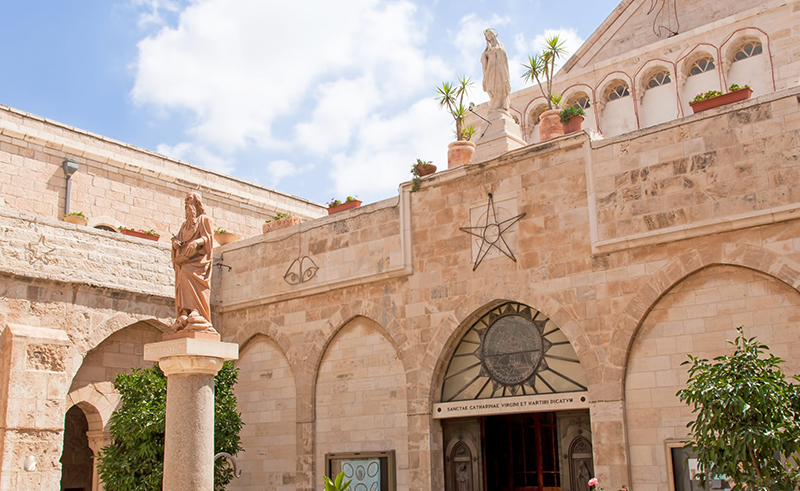 Built by Constantine the Great in Bethlehem, the Church of the Nativity stands on the site that is thought to be the birthplace of Jesus Christ. Within its complex is the cave which enshrines the birthplace, while the core of the complex is made up of the Church of the Nativity and the Roman Catholic Church of St. Catherine. In 2012, it became the first Palestinian site to be registered in the UNESCO World Heritage List.
Built by Constantine the Great in Bethlehem, the Church of the Nativity stands on the site that is thought to be the birthplace of Jesus Christ. Within its complex is the cave which enshrines the birthplace, while the core of the complex is made up of the Church of the Nativity and the Roman Catholic Church of St. Catherine. In 2012, it became the first Palestinian site to be registered in the UNESCO World Heritage List.
Dome of the Rock | Jerusalem
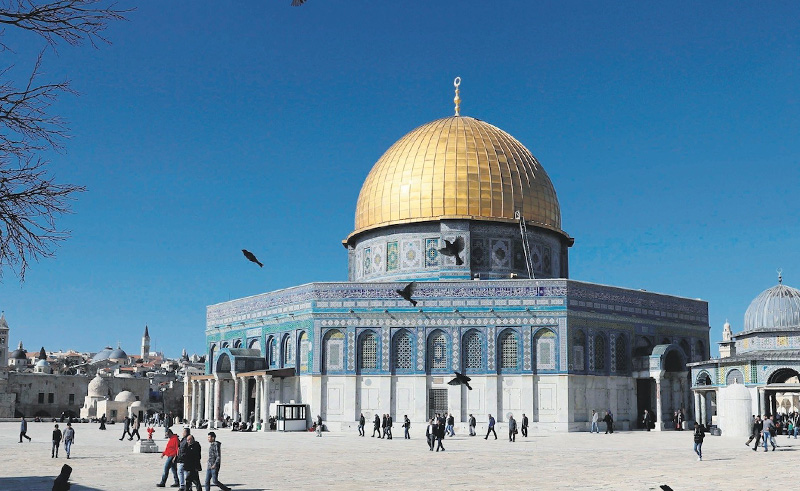 The Dome of the Rock was informed by the patterns of Byzantine. Its exterior was significantly changed over the years, while the interior still hosts the stone that is said to be used by Abraham in his attempt to sacrifice his son.
The Dome of the Rock was informed by the patterns of Byzantine. Its exterior was significantly changed over the years, while the interior still hosts the stone that is said to be used by Abraham in his attempt to sacrifice his son.
Al-Sayed Hashem Mosque | Gaza
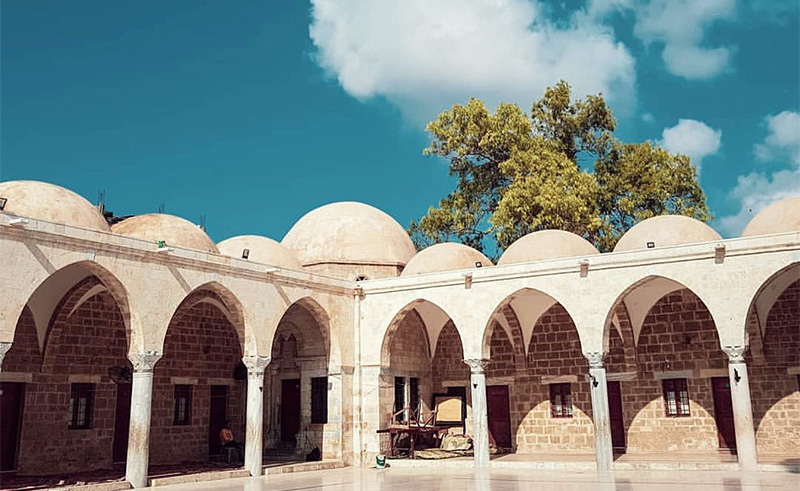 Containing the tomb of Hashem bin Abd Manaf, the great grandfather of the Prophet Muhammed, the current Al-Sayed Hashem Mosque was built by the Ottomans in 1850 using materials from mosques that had been destroyed by Napoleon Bonaparte. The original Ottoman minaret was rebuilt in 1903.
Containing the tomb of Hashem bin Abd Manaf, the great grandfather of the Prophet Muhammed, the current Al-Sayed Hashem Mosque was built by the Ottomans in 1850 using materials from mosques that had been destroyed by Napoleon Bonaparte. The original Ottoman minaret was rebuilt in 1903.
Church of the Holy Sepulchre | Jerusalem
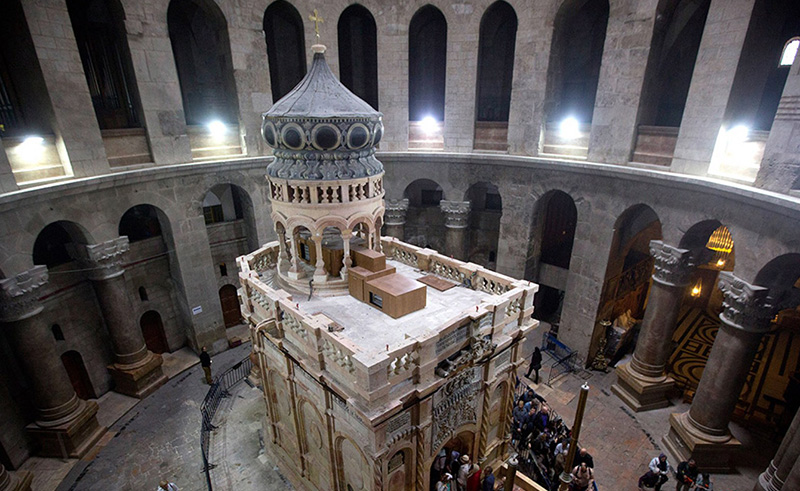 The Church of the Holy Sepulchre - also known as the Church of Resurrection - contains the empty tomb of Jesus Christ, which is considered to be the holiest site in Christianity. The church was built in the 4th century on the site of Jesus Christ’s crucifixion. The keys to the church and its seal are carried by a Muslim called Adeeb Jouda Al-Husseini, and were passed down through generations from the age of Saladin Al-Ayoubi.
The Church of the Holy Sepulchre - also known as the Church of Resurrection - contains the empty tomb of Jesus Christ, which is considered to be the holiest site in Christianity. The church was built in the 4th century on the site of Jesus Christ’s crucifixion. The keys to the church and its seal are carried by a Muslim called Adeeb Jouda Al-Husseini, and were passed down through generations from the age of Saladin Al-Ayoubi.
White Mosque of Ramle | Ramle
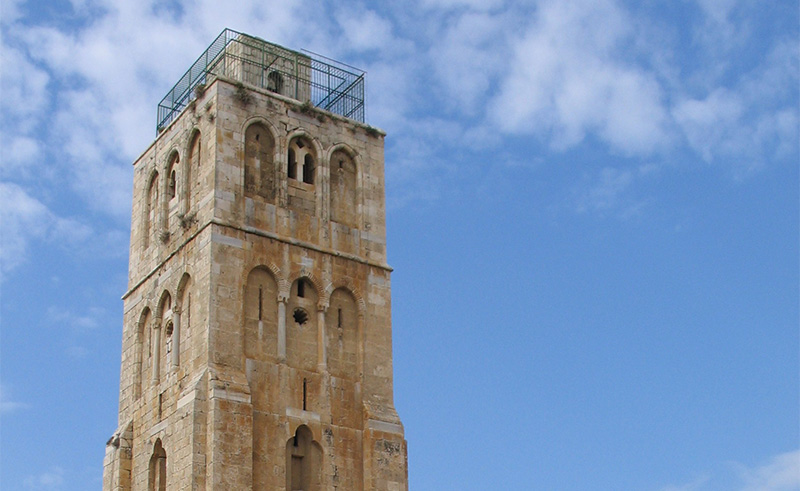 Dating back to Umayyad Palestine, the White Mosque was built by Caliph Suleiman bin Abdul Malik. Today, nothing remains from the mosque aside from its large minaret. Made of marble, the mosque was reconstructed numerous times following earthquakes. Its remains have been discovered during archaeological excavations, unveiling traces of its barrel-vaults and pillars.
Dating back to Umayyad Palestine, the White Mosque was built by Caliph Suleiman bin Abdul Malik. Today, nothing remains from the mosque aside from its large minaret. Made of marble, the mosque was reconstructed numerous times following earthquakes. Its remains have been discovered during archaeological excavations, unveiling traces of its barrel-vaults and pillars.
Church of the Annunciation | Nazareth
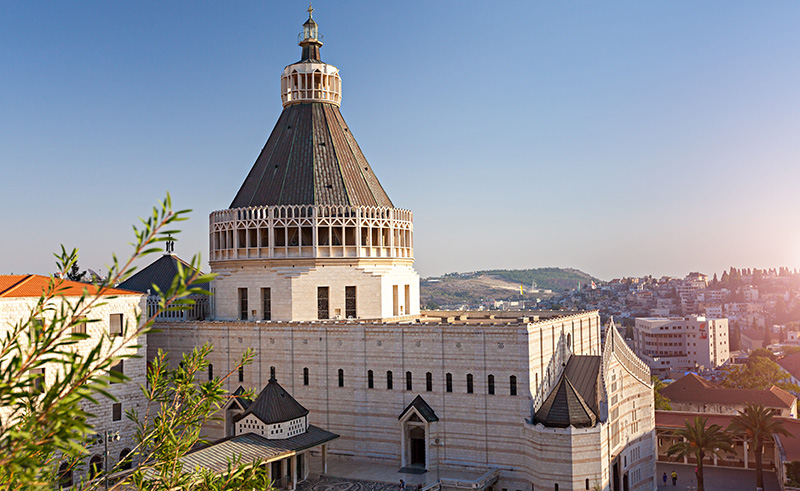 It’s believed that on the land that now hosts the Church of the Annunciation, an angel appeared to the Virgin Mary and enlightened her of her miracle pregnancy. Its decorations include gifts from Indonesia and Spain, which were given during the reign of the Mamluks and other dynasties.
It’s believed that on the land that now hosts the Church of the Annunciation, an angel appeared to the Virgin Mary and enlightened her of her miracle pregnancy. Its decorations include gifts from Indonesia and Spain, which were given during the reign of the Mamluks and other dynasties.
Great Mosque of Gaza | Gaza
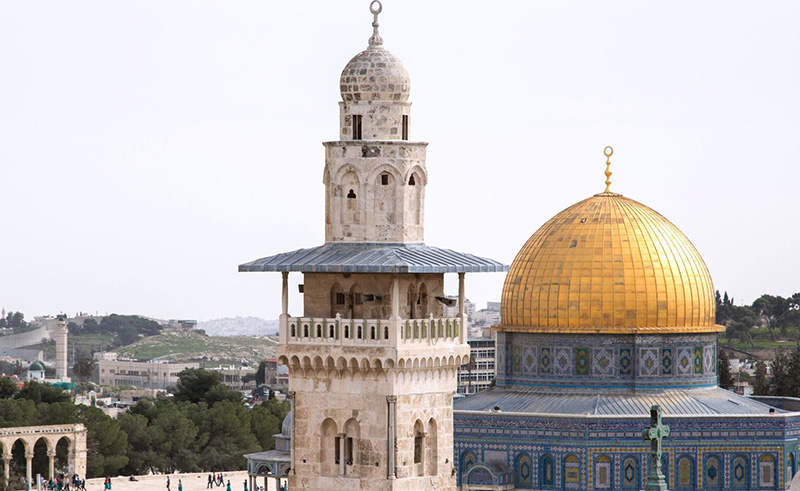 Also known as the Great Omari Mosque, the Great Mosque of Gaza’s minaret was toppled in an earthquake before it was rebuilt by the Mamluks in the 13th century. It was then restored after being destroyed by the Mongols. Another earthquake destroyed it an additional time, before it was rebuilt once more by the Ottomans. It was then bombed during World War I, and today it sits in the midst of Gaza’s old city, which now endures ongoing destruction under Israeli occupation.
Also known as the Great Omari Mosque, the Great Mosque of Gaza’s minaret was toppled in an earthquake before it was rebuilt by the Mamluks in the 13th century. It was then restored after being destroyed by the Mongols. Another earthquake destroyed it an additional time, before it was rebuilt once more by the Ottomans. It was then bombed during World War I, and today it sits in the midst of Gaza’s old city, which now endures ongoing destruction under Israeli occupation.
Church of Mary Magdalene | Jerusalem
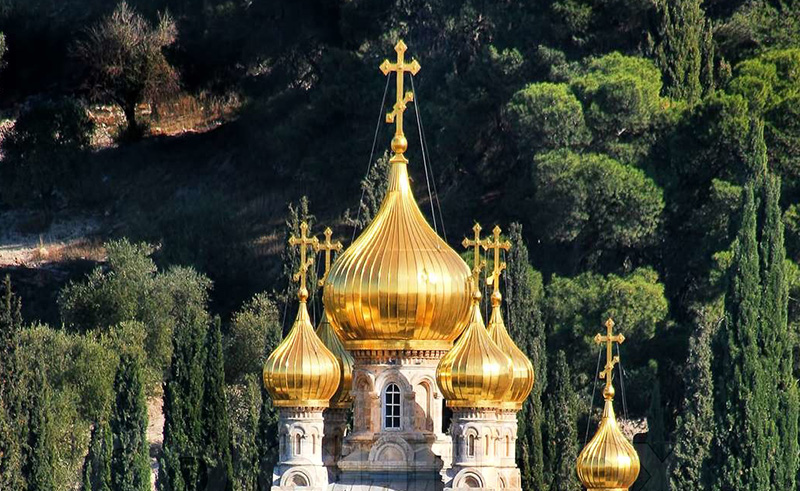 Overlooking Jerusalem from the Mount of Olive Trees, the Church of Mary Magdalene is a Russian Orthodox Church that was built in the late 19th century by Tsar Alexander III. It evokes the popular designs of 16th century Russia, including gilded onion domes and tented roofs.
Overlooking Jerusalem from the Mount of Olive Trees, the Church of Mary Magdalene is a Russian Orthodox Church that was built in the late 19th century by Tsar Alexander III. It evokes the popular designs of 16th century Russia, including gilded onion domes and tented roofs.
Trending This Month
-
Apr 23, 2024
-
Apr 18, 2024




